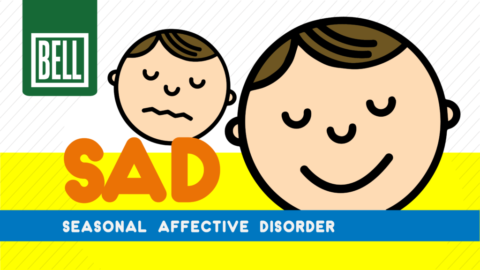It’s time to talk about men’s mental health. Mental health is not commonly discussed among men, including within doctors’ offices. The notion that men can...
About the Author
Felicia Newell
Felicia Newell is a Registered Dietitian (RD), Nutritionist, and Health Coach. She is also the owner of Sustain Nutrition, and helps clients from all around the globe fight through the misinformation in the online world, and master their health goals in a way that also allows them to also enjoy life. After many years in practice and through extensive research, Felicia knows that the ‘restrictive dieting’ technique never works long-term, and she takes the realistic approach of the ‘80/20 rule’, as well as working with clients to find the specific strategies that work best for them. You can download her FREE Meal Planning Starter Kit to help get you on your way to crushing your health and wellness goals.
Check out:
Her website: www.sustainnutrition.ca
Facebook: facebook.com/SustainNutrition1
Instagram: @sustainnutrition
Twitter: @Sust_Nutrition
Pinterest: sustainnutr
Download her free meal planning starter kit here: bit.ly/MealPlanStartKit


 A sedentary lifestyle is defined as a type of lifestyle where an individual does not get enough physical activity. Most health bodies recommend that an individual should participate in a minimum of 150 minutes of moderate exercise, or 75 minutes of a more vigorous regimen, per week. Many health professionals are also in agreement that walking 10,000 steps a day (approximately 5 miles) is the ideal goal to set for improving health and reducing the health risks caused by inactivity.
A sedentary lifestyle is defined as a type of lifestyle where an individual does not get enough physical activity. Most health bodies recommend that an individual should participate in a minimum of 150 minutes of moderate exercise, or 75 minutes of a more vigorous regimen, per week. Many health professionals are also in agreement that walking 10,000 steps a day (approximately 5 miles) is the ideal goal to set for improving health and reducing the health risks caused by inactivity. Multiple systematic clinical trials of antidepressant medications have shown that they are significantly more effective than placebo in relieving symptoms in people with major depression.
Multiple systematic clinical trials of antidepressant medications have shown that they are significantly more effective than placebo in relieving symptoms in people with major depression.

